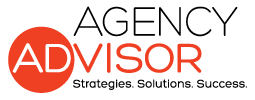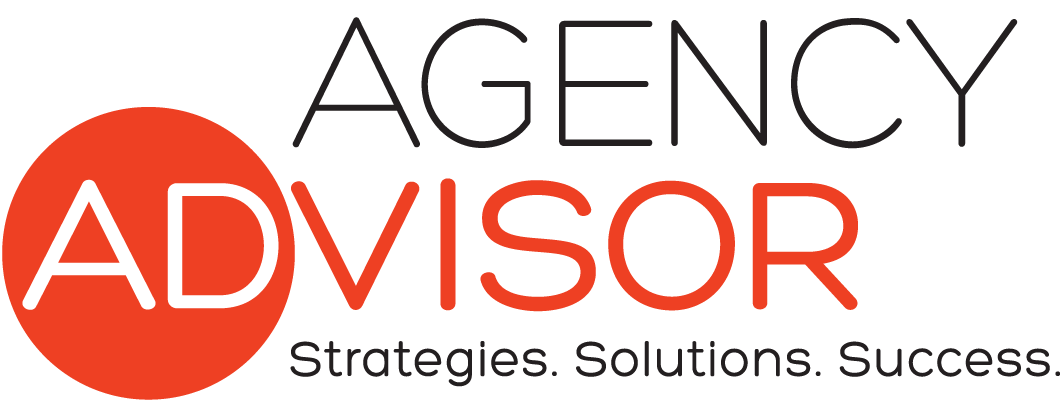This is not a story complaining about the ‘Chatty Cathy’ types of cell phone users. But a story about how using your cell phone can give
 |
many strangers a lot of information about yourself and your business.
I know that John is not happy with Bank of America and that he was contacted repeatedly by the banks representatives about, ironically enough, their identity theft protection package. I know that John declined the package (he apparently doesn’t need anyone helping him protect his privacy. I am now aware that his charge card statement reflects the cost for the identity theft protection, and that charge was for $90.
While learning a great deal about John Smith that I don’t need nor want to know, I had to think about how many times I have been on my cell phone in public. Sometimes, I am discussing my dealings with someone in an airport or some public place swarming with strangers within ear shot of my conversation.
John taught me a valuable message and I am passing this along to you. Remember when using your cell phone in public places to be aware that there are people around you. Individuals who may be the type to key in your credit card number for later use of their own. Those who may be friends of your ‘client from Hell.’ People who might work at a competing shop and just need to hear a little bit of your dirty laundry to take your big client away.
Five general rules to follow when talking in public places.
- Don’t use names (both company and person) when having conversations in public places. If you need to do so, find a private area before making the call.
- Don’t discuss any financial information. In addition to account numbers, don’t talk about billing rates, cost rates, salaries, or sales figures.
- If you need to introduce yourself with first and last name, find a private place before you make the call.
- If you are calling about a topic that makes you agitated, be sure to keep a gauge on your volume. Just because you are frustrated with the company/person/situation, doesn’t mean that everyone around you needs to know about it. Save that for social media!
- Finally, don’t discuss work problems in public places (on or off the phone). Recently I was at lunch with an Agency Owner who was venting his frustrations about one of his employees. Since I had never met this employee, we were both surprised when the employee had been sitting right behind him the entire time.
I would like to thank John Smith for teaching me this lesson. Maybe I should stop by his house and share the lesson with him.





